The Dysart has been running since 2011 with its kitchen in the safe hands of Roux Scholar Ken Culhane. The Dysart dining room is very appealing, with its stone floor, big fireplace and large, generously spaced tables. The full tasting menu was £135, and as we will see this involved a lot of dishes. Alternatively, three courses were £65 or four courses were £75. Incidentally, some restaurants offer set lunches that are cheaper than their full tasting menus but use ordinary ingredients. The set lunches here, which offered four options per course, included luxury ingredients like hand-dived scallops and turbot. I have written previously about the thoughtful wine list. We drank Istvan Szepsy Urban 73 2017 at £140 compared to its retail price of £61, and E. Guigal Chateau d’Ampuis 2015 at £180 for a wine that costs £113 in a shop.
The meal began with a flurry of canapes. Parmesan shortbreads were topped with a grapefruit marmalade in place of the Seville orange marmalade that I had last time. The grapefruit worked really well, its sharpness balancing the Parmesan nicely. This was followed by scallop on sushi rice with winter truffles (supplied by Wiltshire Truffles). This was followed by my favourite of the canapes, deep fried langoustines. This dish was a homage to the langoustine en papillote croustillante au basilic of Joël Robuchon. The extra-large langoustines were delivered to the restaurant from Scotland alive and lightly poached to remove the shells, then seasoned with salt and pepper and a little leaf of mint instead of the basil leaf which Joël Robuchon used in his version. The langoustines were then wrapped in feuilles de brik pastry and fried, served with a mango, caper and ginger emulsion. This was lovely, the langoustine beautifully sweet and the ginger flavour nicely lifting the dish. Next was a miniature version of what used to be a starter here, the “hot and cold” hen’s egg with Pedro Ximenes sherry and maple syrup (good 16/20 canapes, but 18/20 for the langoustine). Bread was a focaccia-style sourdough.
The signature charred sea bream came with a disc of radish, a garnish of fresh ginger and a champagne sauce. This was lovely as always, with the touch of chilli oil and ginger a particularly nice touch, enlivening the fish very effectively (a strong 17/20). Oxtail risotto used seven-year aged Acquarello carnaroli rice, which is pretty much top of the range. The ox tail was slow cooked and very tender, and the dish would be too rich except for the inspired addition of a little red chilli, which cuts through the richness very effectively (17/20).
Orkney scallop came with cauliflower, spiced nut crumble, and apple and quince dressing. The scallop was a jumbo sized one hand-dived off Orkney. This part of the world produces particularly good scallops due to the rough waters as the scallops have to work hard to swim and the resulting scallop meat is firm in texture. A scallop of this size was probably a decade old so was a rare treat. The scallop was washed in iced water once out of the shells, then roasted in clarified butter in a skillet pan. The scallop was served on top of a cauliflower roasted in beurre noisette until all the water is removed from the cauliflower. A light mousse is then made with MANNI extra virgin olive oil from Tuscany and cream. The dressing was made from local wild apples reduced with champagne vinegar and then emulsified with extra virgin olive oil. The top of the scallop was coated with a crumb which is similar to an Egyptian dukka seasoning with roasted hazelnuts, roasted sesame seeds, heavily roasted pistachios, toasted coriander seeds, fennel and a little caraway. This was a lovely dish, the scallop having excellent natural sweetness and the crumb bringing an interesting contrasting texture to the soft flesh of the shellfish (17/20).
Sika deer came with celeriac, braised venison shoulder terrine and a rich sauce grand veneur, with excellent fondant potatoes on the side. The terrine was served with celeriac, mornay sauce, and winter truffle garnished with frisee salad and chive batons. The celeriac was sliced and cooked gently in a ham hock stock. The venison shoulder was marinated in red wine and spices and then slow cooked overnight. The next day a rillette is cooked with pork fat and the cooked venison shoulder to prevent the meat from drying out. A classic terrine is then made using the celeriac and the venison shoulder, set in the fridge and glazed with a mornay sauce. This sauce is made with milk, lean veal, butter, flour onion, thyme, bay leaf, chicken stock, black pepper, nutmeg, grated Gruyère and Parmesan and egg yolks. A bechamel is made by working with a roux that is allowed to cool. Milk is worked into the roux, forming a smooth sauce and then brought to the boil. Veal cubes are cooked in butter with onions, thyme, bay leaf and black pepper. This is simmered gently and passed through a chinois. Freshly grated nutmeg is added, as is the chicken stock, the Gruyère and Parmesan, and finally the egg yolk is whisked in and the resulting sauce is seasoned with salt. The loin of venison is aged for a week, quickly seared and then butter basted in herbs and garlic. The Grand Veneur sauce itself has a base stock of classic veal jus with game bones including roasted venison and partridge bones. This takes over a week to make, the vegetable part involving cooking shallots, carrots and garlic all day, then celery and fennel the next day, then tomatoes and sherry vinegar the third day. For the bones the kitchen uses ox tail, beef shin, calves foot, lamb bones and veal bones. The latter has its own process of roasting then cooked as a stock, the fat set and removed and then reduced, constantly skimming. The sauce is finished by making a “gastric” by caramelising muscovado sugar then deglazing with sherry vinegar and balsamic vinegar and plenty of black Kampot peppercorns. This is reduced to glaze then added to the game stock and reduced again and passed through a fine sieve. Just before serving, the sauce is seasoned with a fresh redcurrant juice, peanut oil and dark Venezuelan 72% chocolate at the last moment. You can see that this dish involves a huge amount of work, but this was entirely worthwhile as the depth of flavour of the sauce was remarkable, with the deer having lovely flavour (18/20).
Ginger custard came with lychee sorbet, apricot puree and a little cube of coffee jelly, the other elements supporting a delicate pineapple flavoured tuile. The refreshing acidity of the fruit was just what is needed in a pre-dessert, the tuile giving a textural contrast (17/20). Tiramisu was made by starting with a chocolate sauce with egg yolk in a ring around the outside. The chocolate used was Venezuelan 72% Rio Caribe by Willie Harcourt-Cooze in Devon. Inside this chocolate sauce ring was a mascarpone sabayon. This was made by whisking the mascarpone to aerate it and then folded it into a classically cooked sabayon recipe. On the mascarpone sabayon was a quenelle of rich chocolate curd made with the Venezuelan chocolate, then a lady finger sponge recipe which is made with glucose rather than sugar to reduce the sweetness. The sponge was then soaked in coffee for a minute, and the sponge was dusted with cocoa powder. The ice cream on the lady fingers was made from brewed coffee, fresh roasted beans to refresh the mix, milk powder, egg yolks and cream. Finally, there were hazelnut vodka jellies, with tuiles of almond chocolate dacquoise that have a crispy texture reminiscent of meringue. This tiramisu was an interesting take on the classic dish and had concentrated high quality coffee flavour (17/20).
The coffee served is a selection of options from Difference Coffee, and features some of the most expensive coffee in the world at auction. This came with a tray of very good petit fours. The bill came to £334 per person, but that was with a lot of excellent wine. If you ordered from the three-course lunch menu and shared a modest bottle of wine then you could leave with a bill of around £115 per person. Given the extremely high quality of the ingredients and cooking, the Dysart offers excellent value in the fine dining stakes. I ate at a London 3 star restaurant just two nights before and their menu was £100 pricier yet used less impressive ingredients. The Dysart is a somewhat hidden gem on the London dining scene.
BookFurther reviews: 09th May 2025 | 24th Jan 2025 | 01st Aug 2024 | 20th Jun 2024 | 27th Oct 2023 | 17th May 2023 | 17th Feb 2023 | 18th Feb 2022 | 12th Jun 2021 | 24th Jul 2020 | 04th Jul 2020 | 13th Mar 2020 | 15th Nov 2019 | 14th Nov 2018 | 15th Dec 2017 | 15th Sep 2015 | 04th Mar 2014 | 03rd Jan 2014















































































































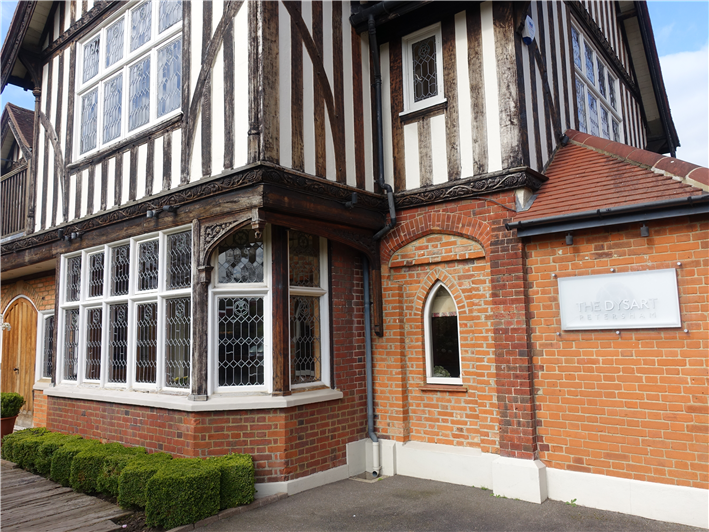
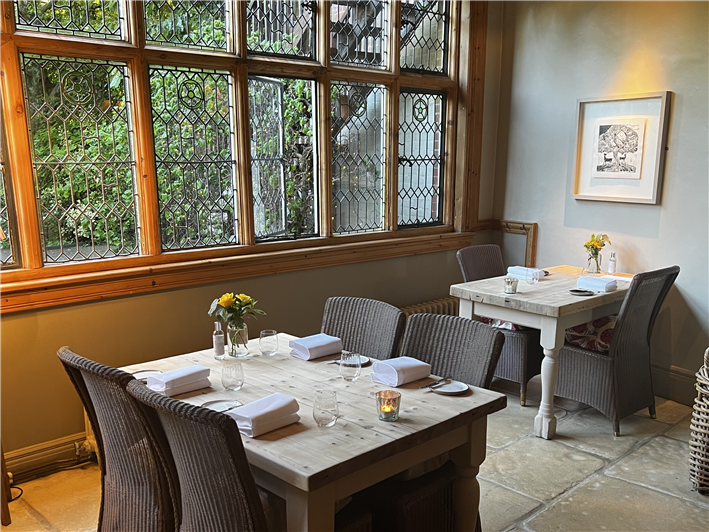
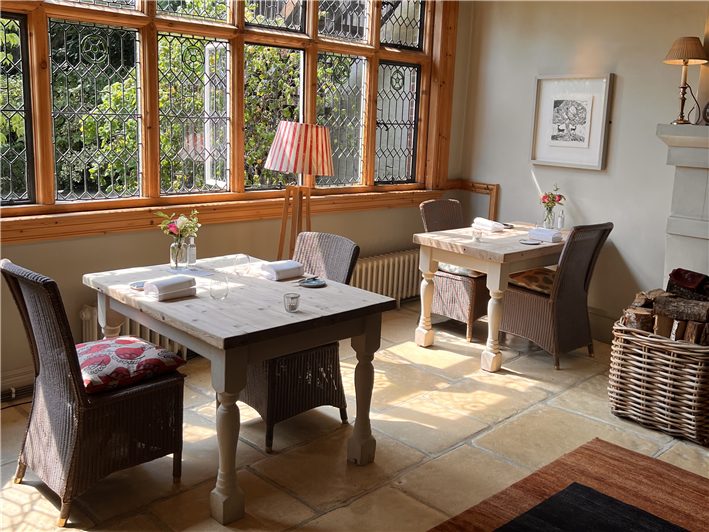
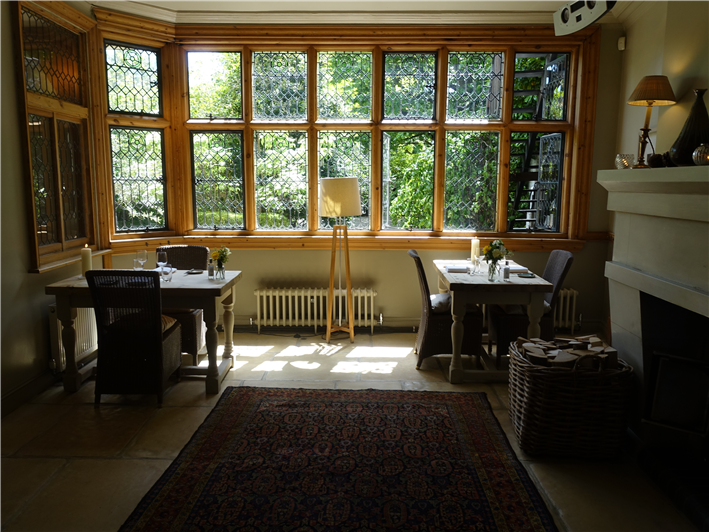

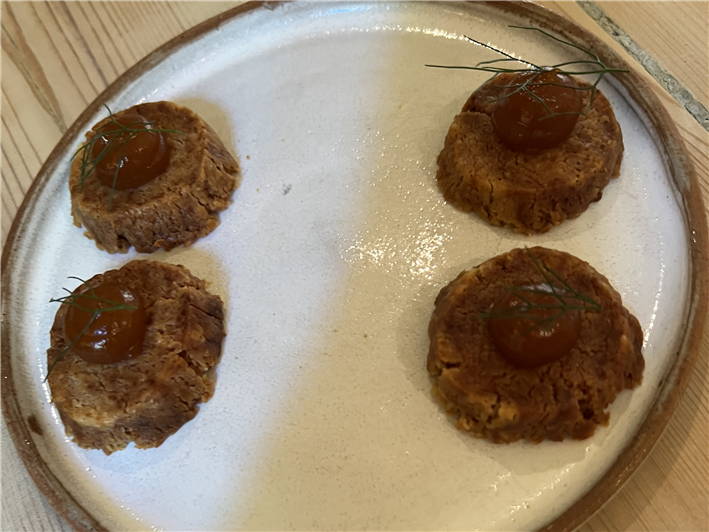
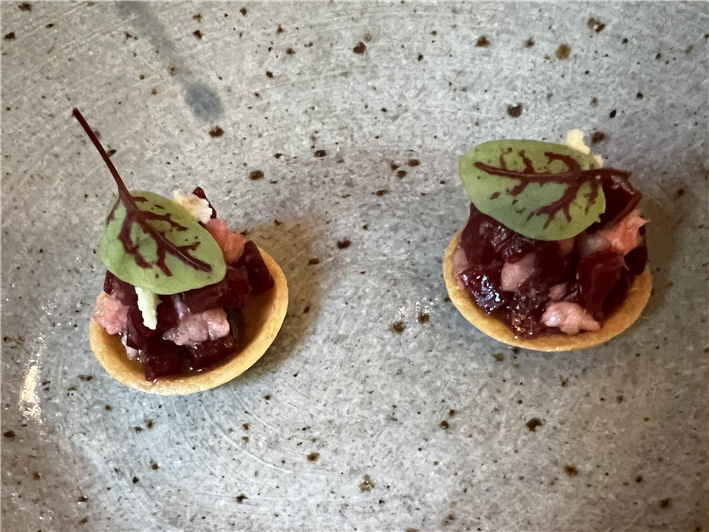

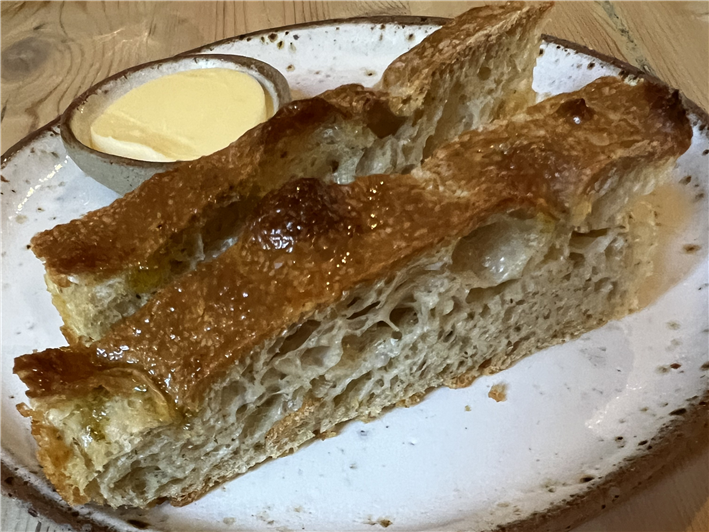

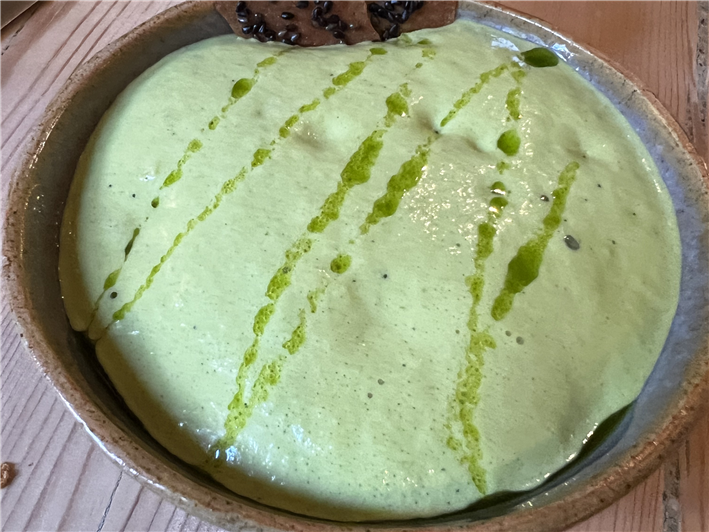
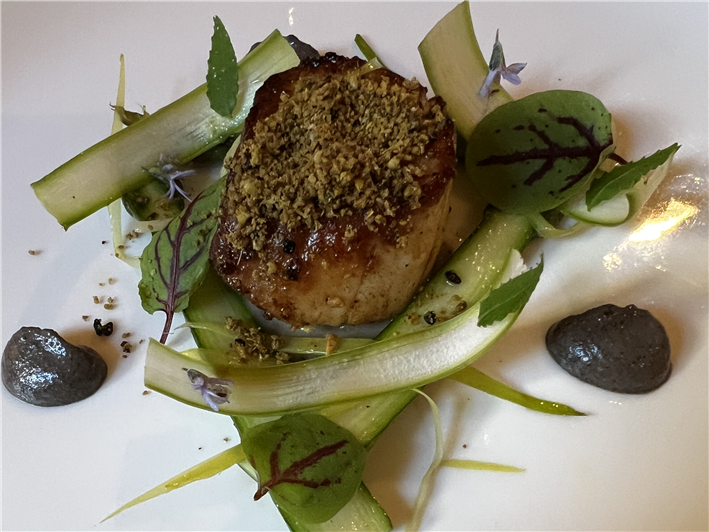




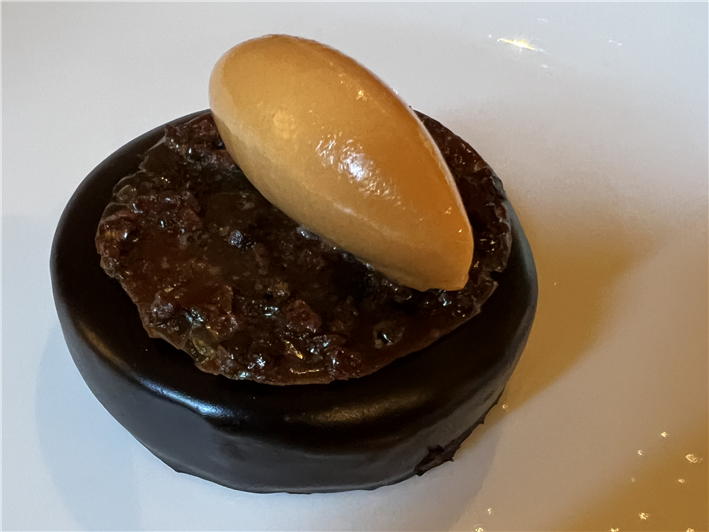
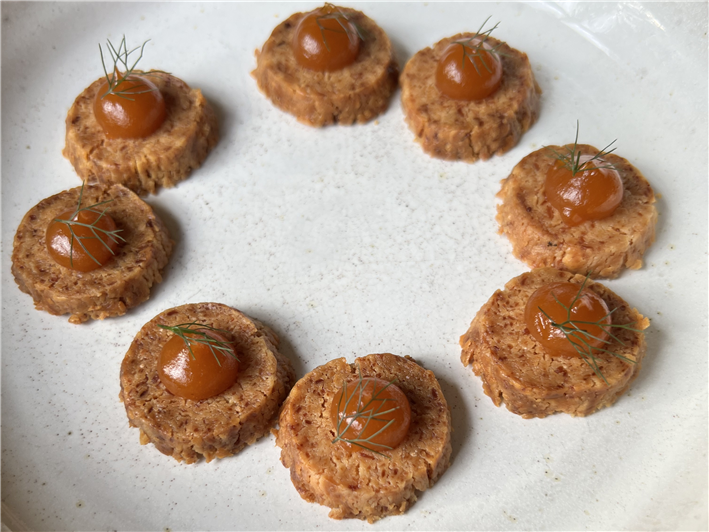
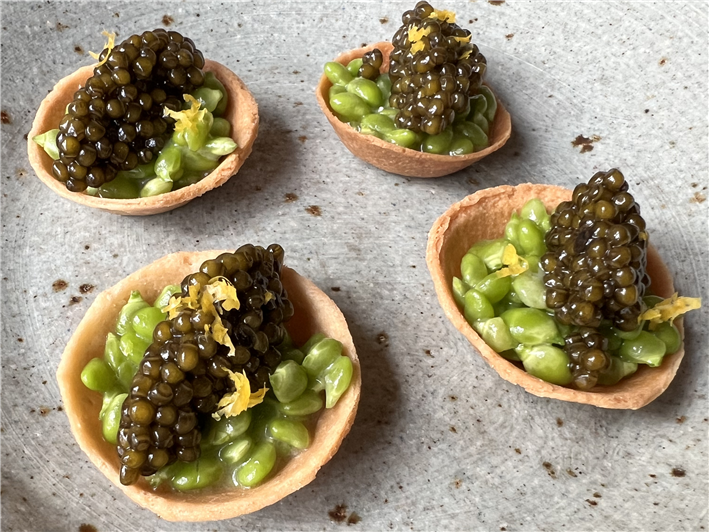
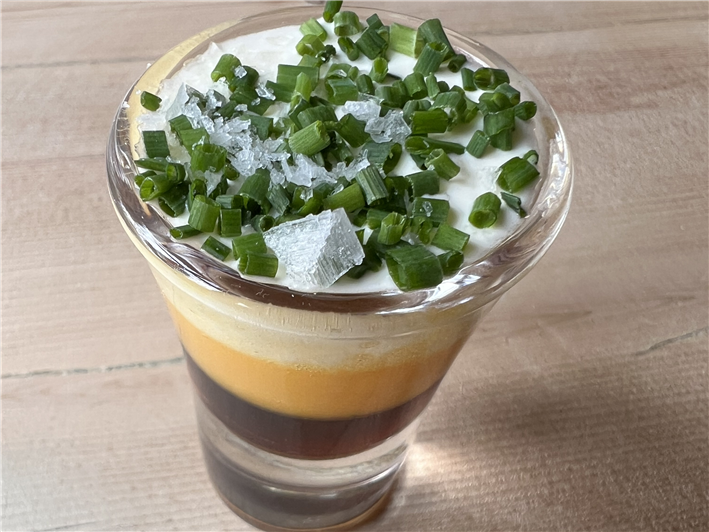
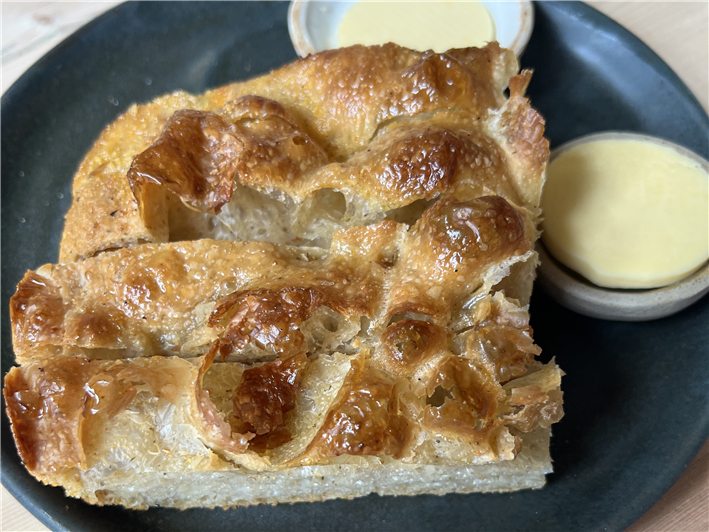


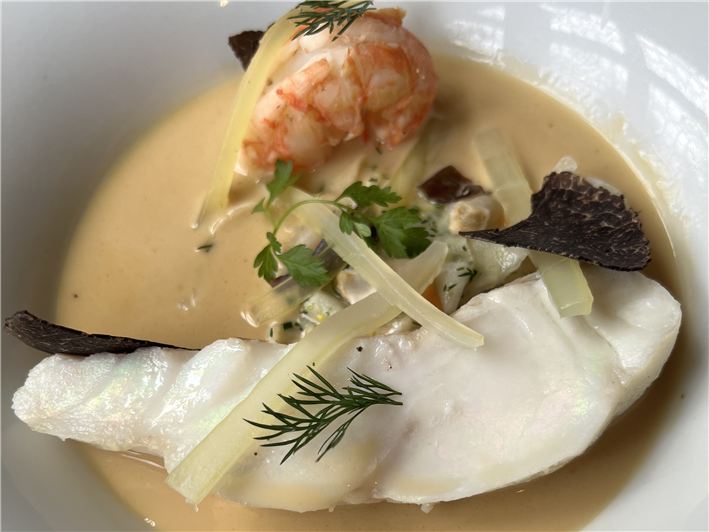
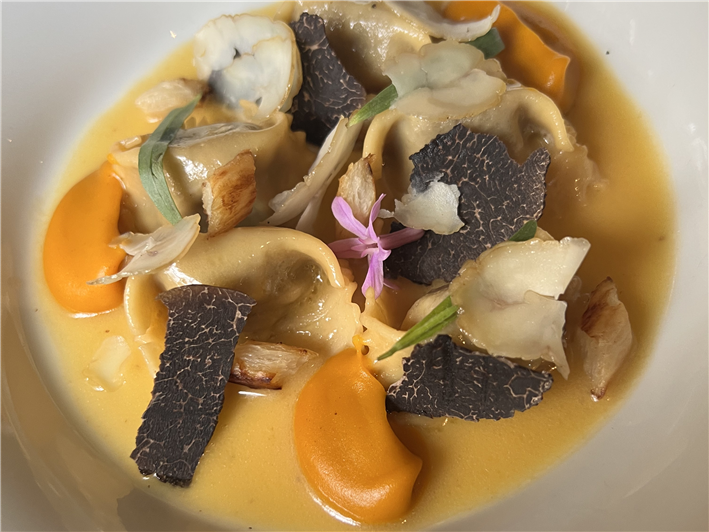
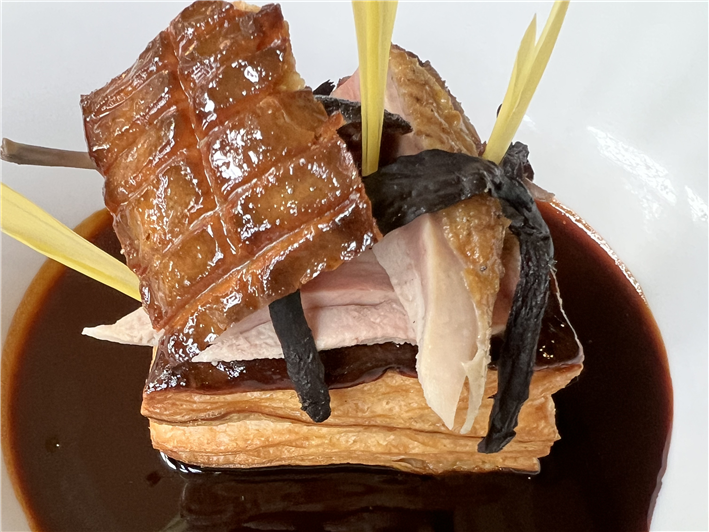
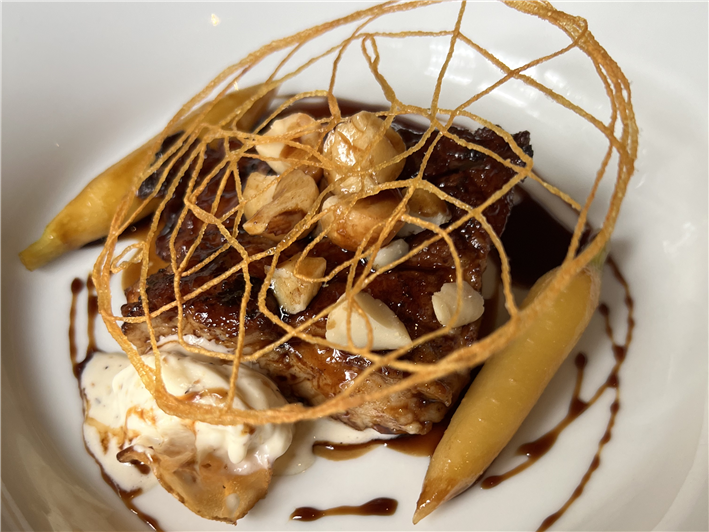
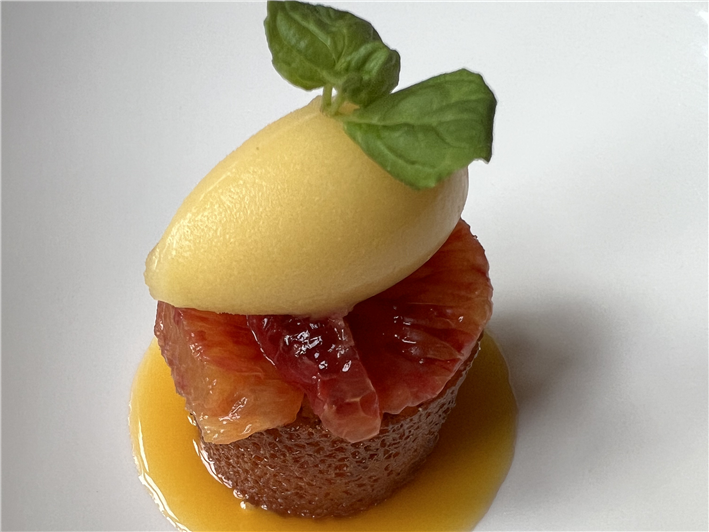

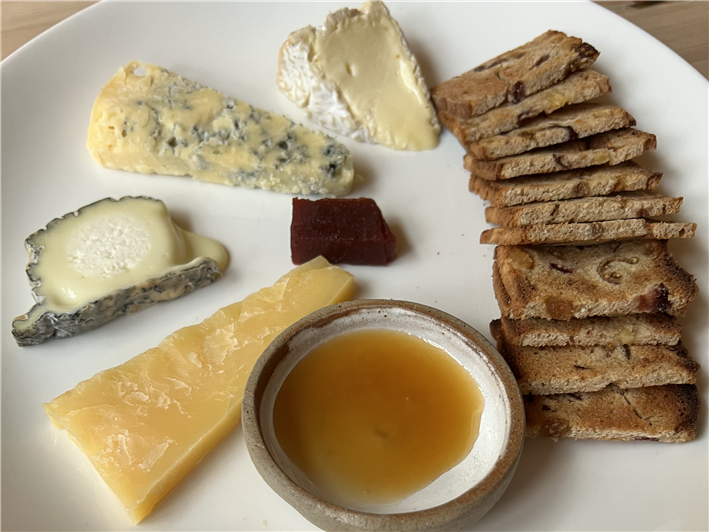
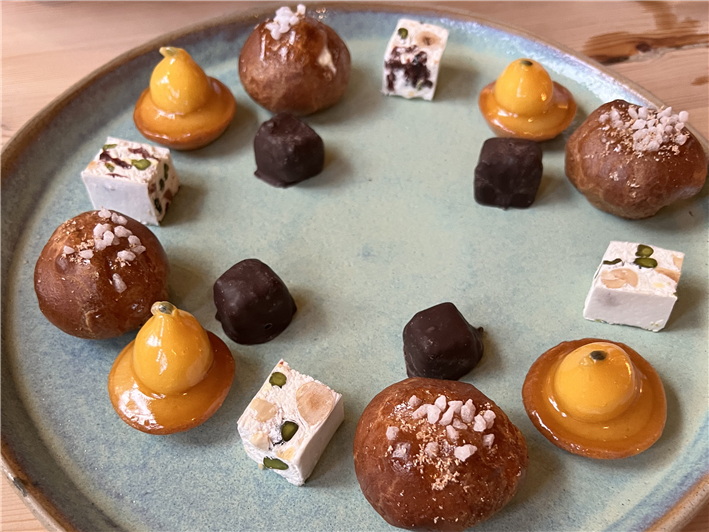
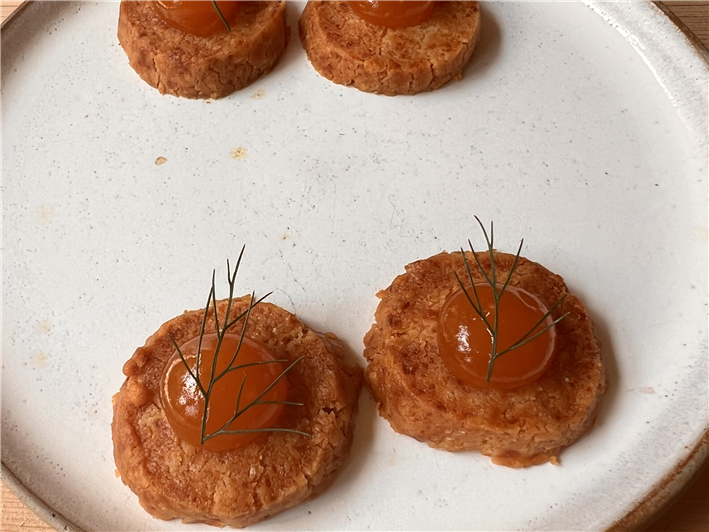
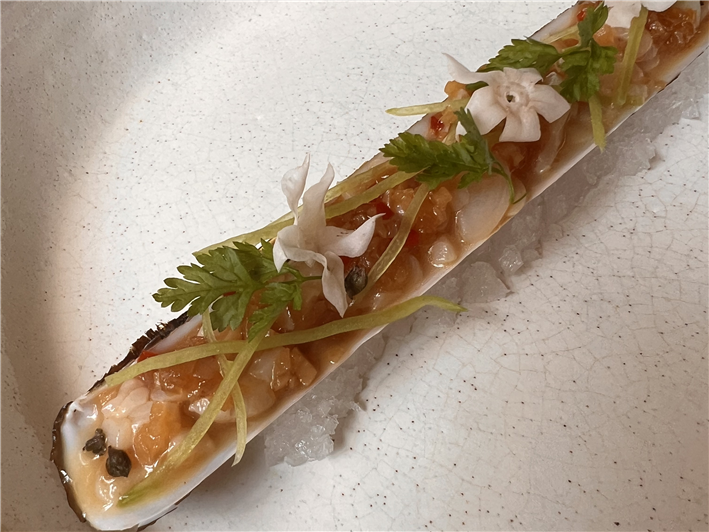
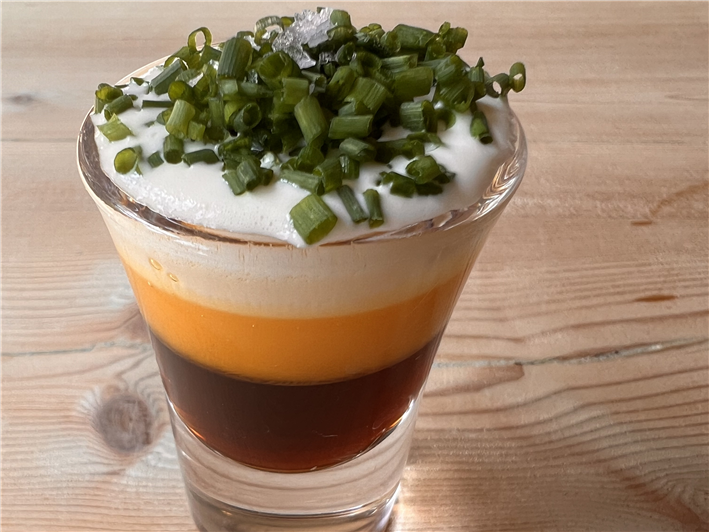
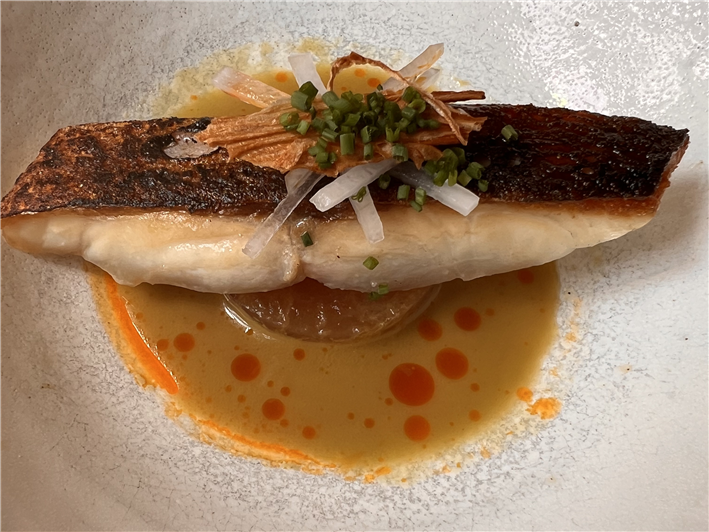




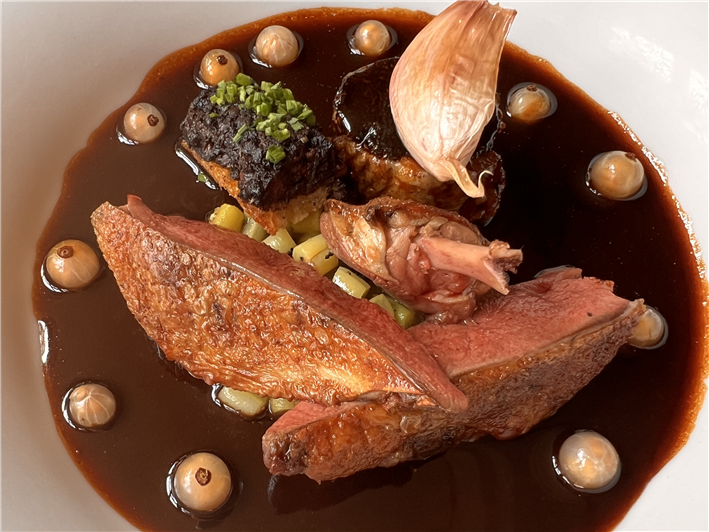

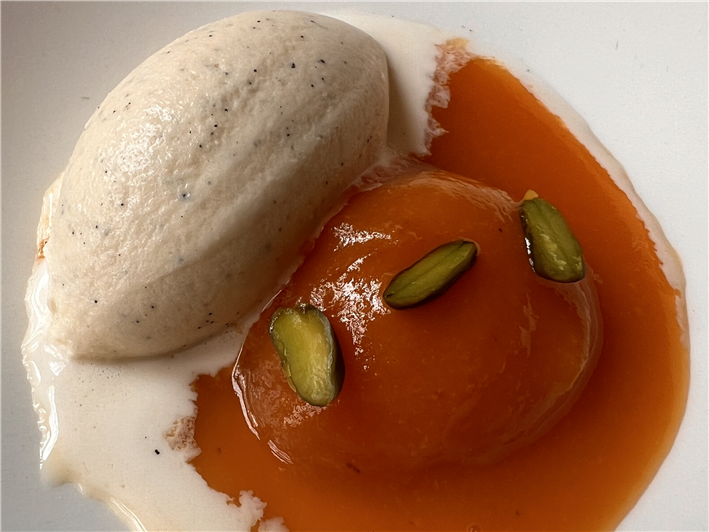
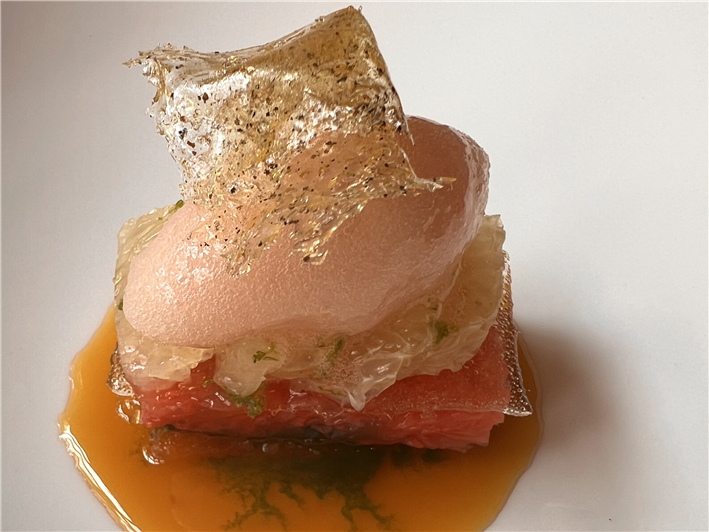

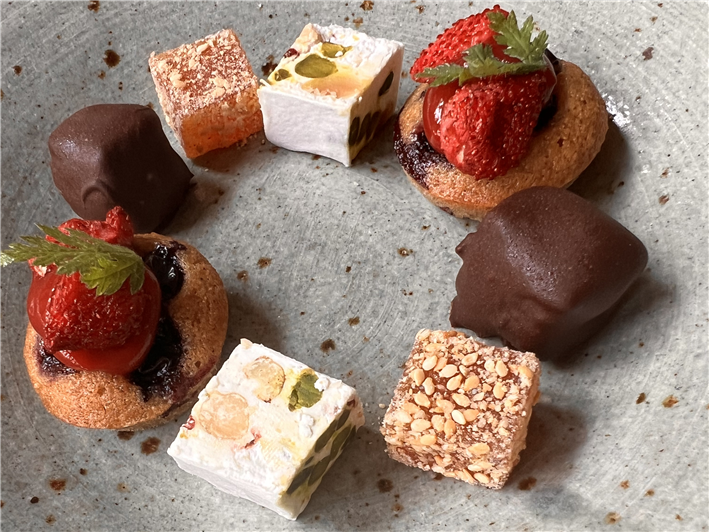
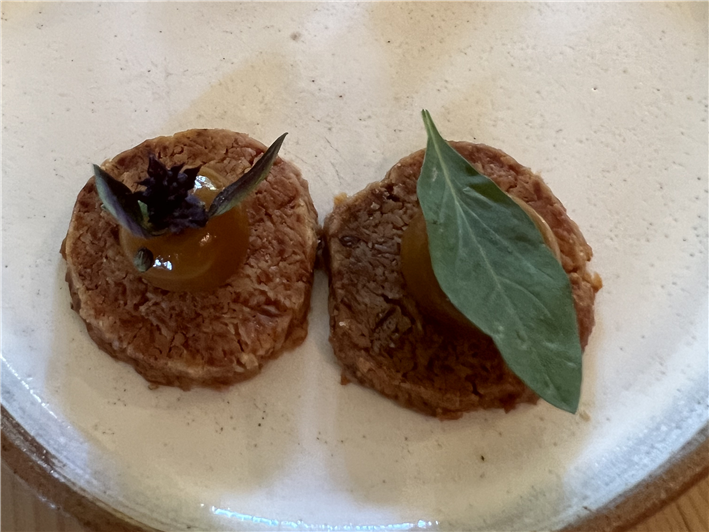
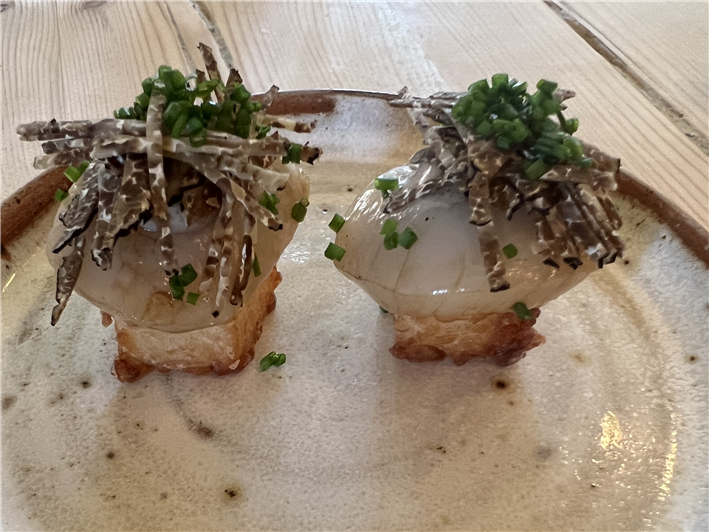
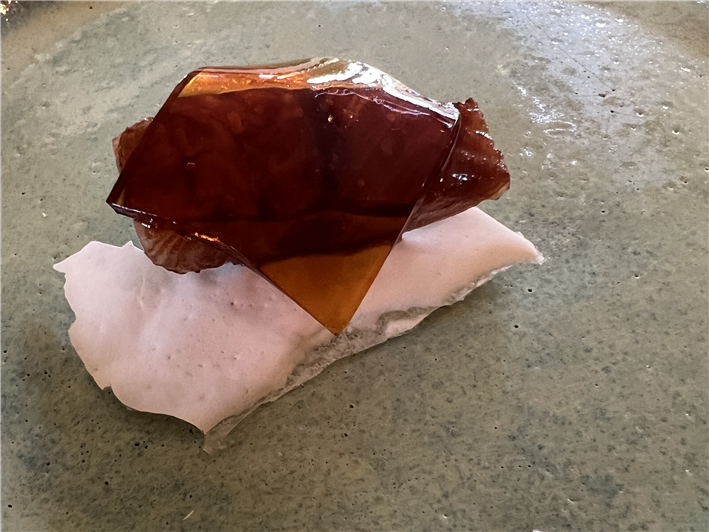
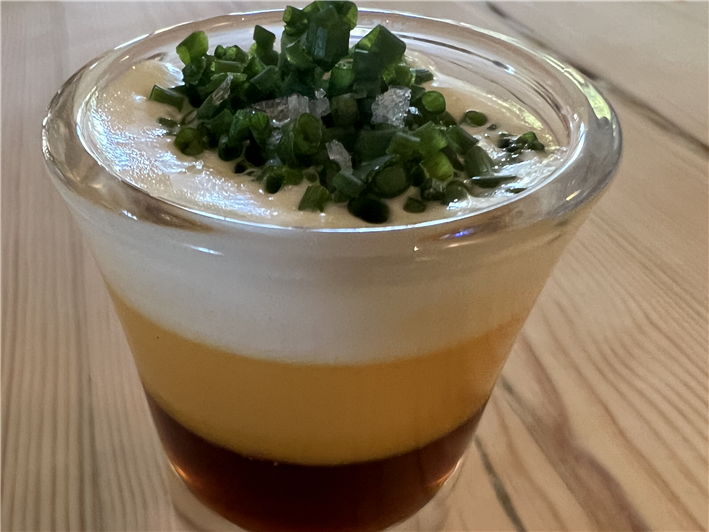
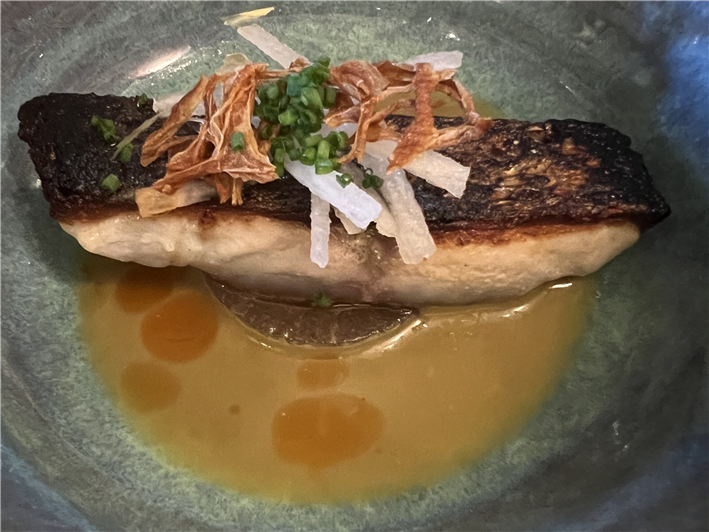
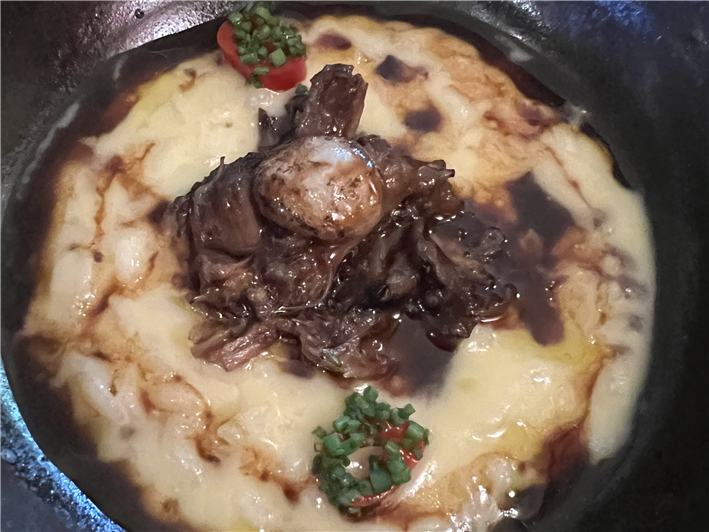
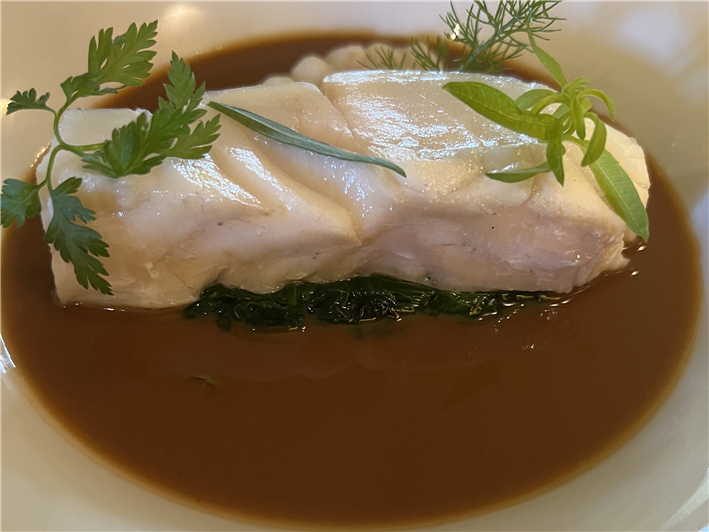
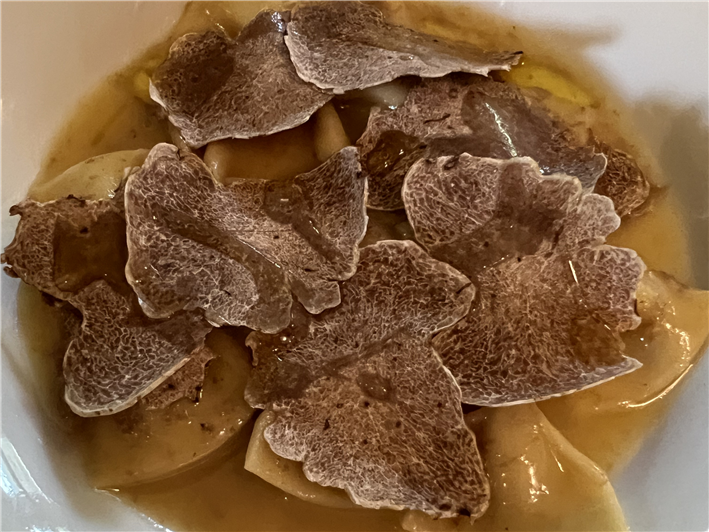
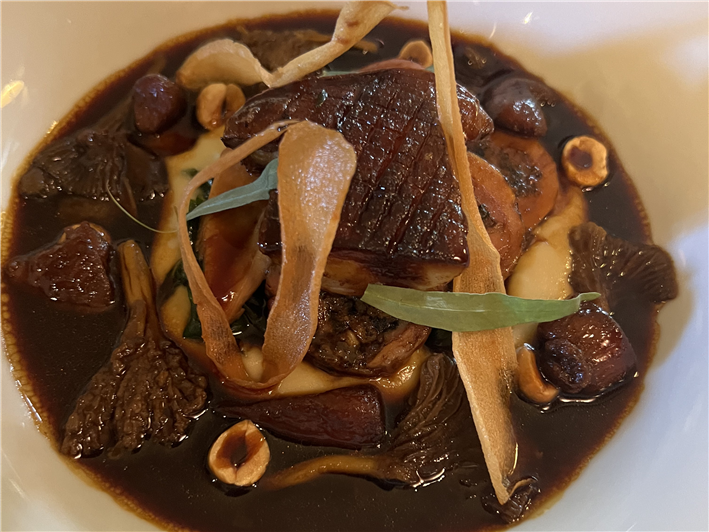
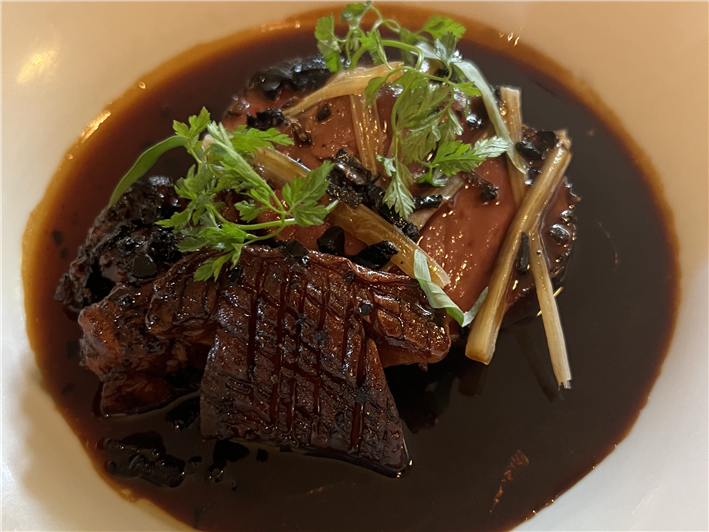
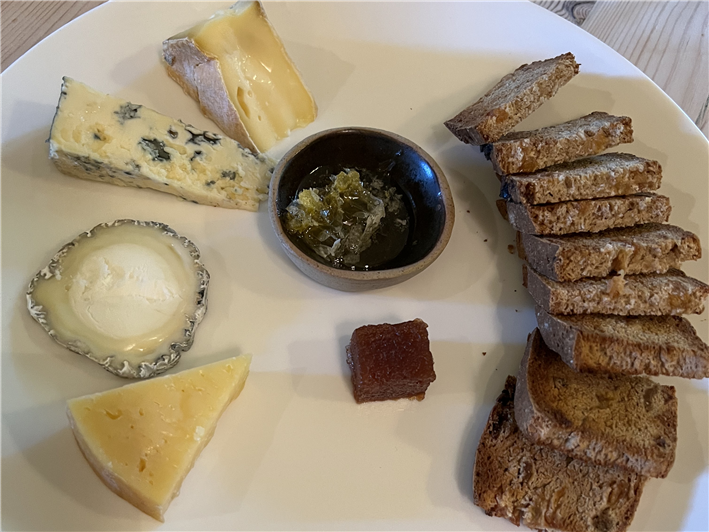



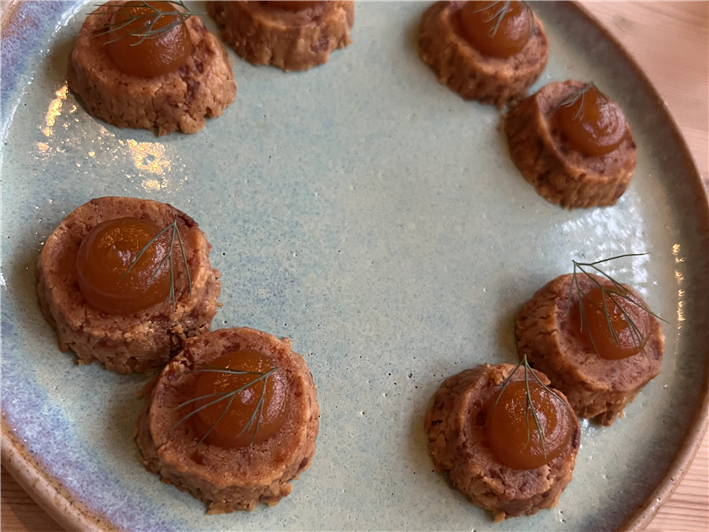


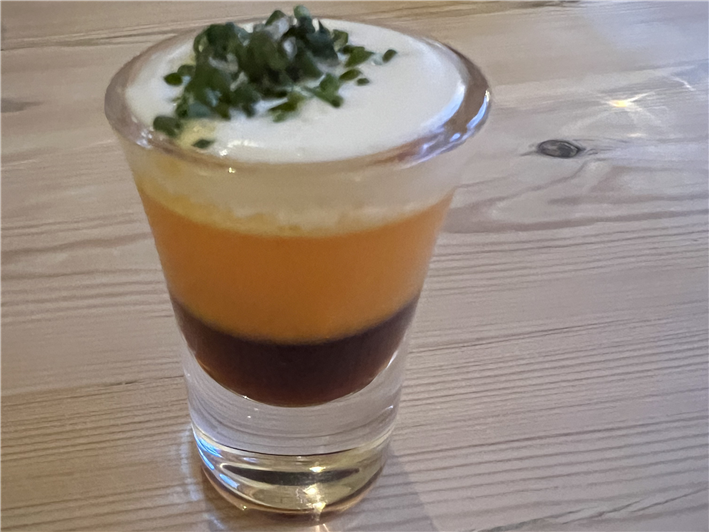
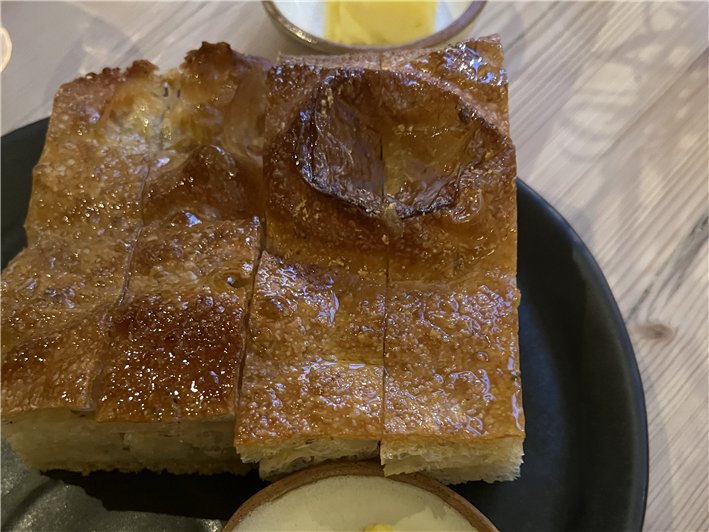
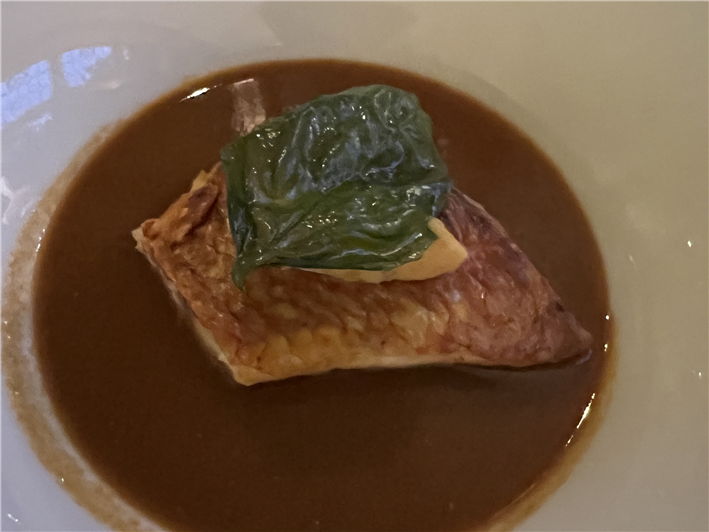
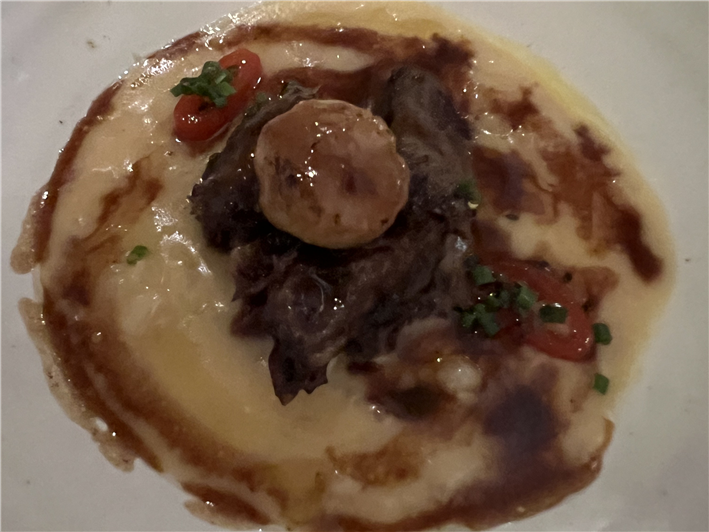
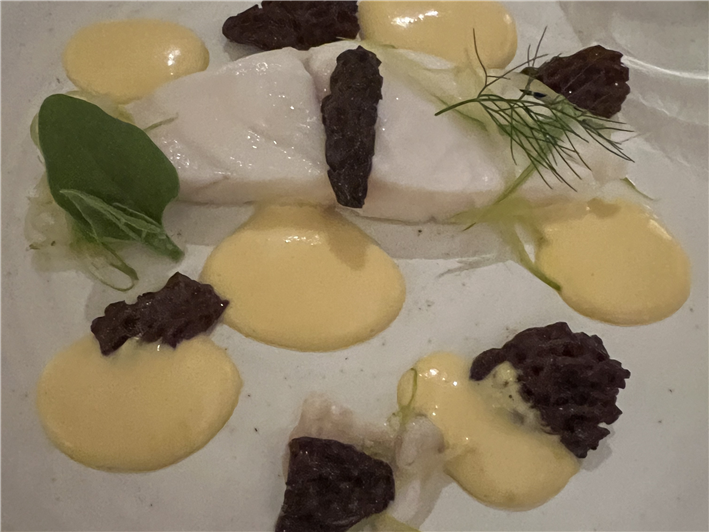
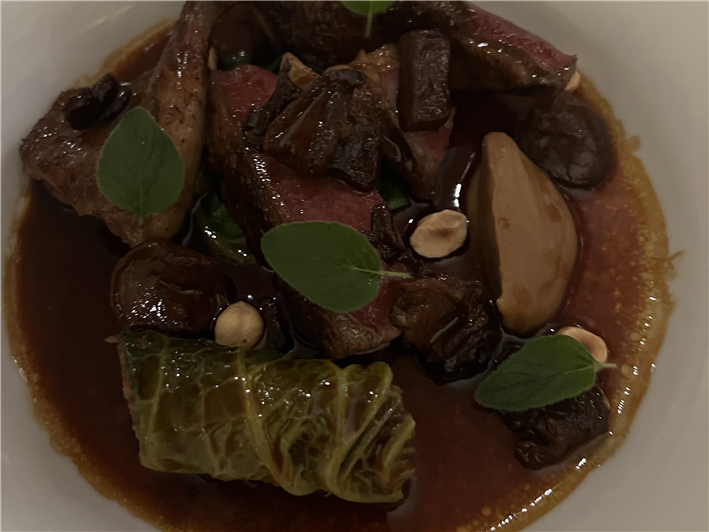
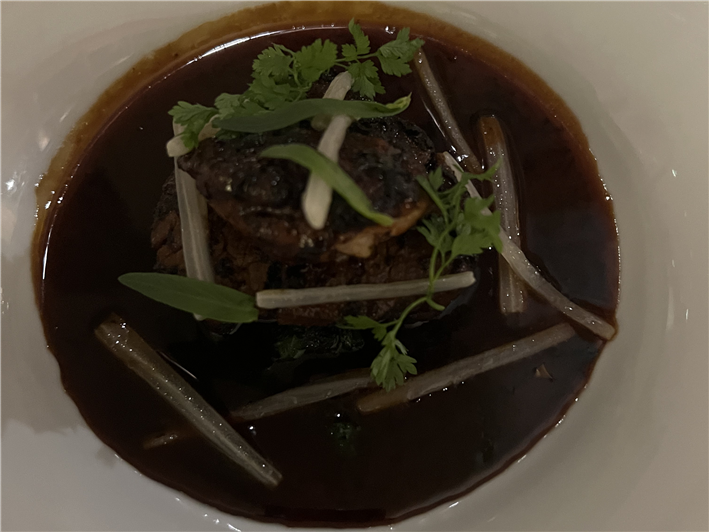

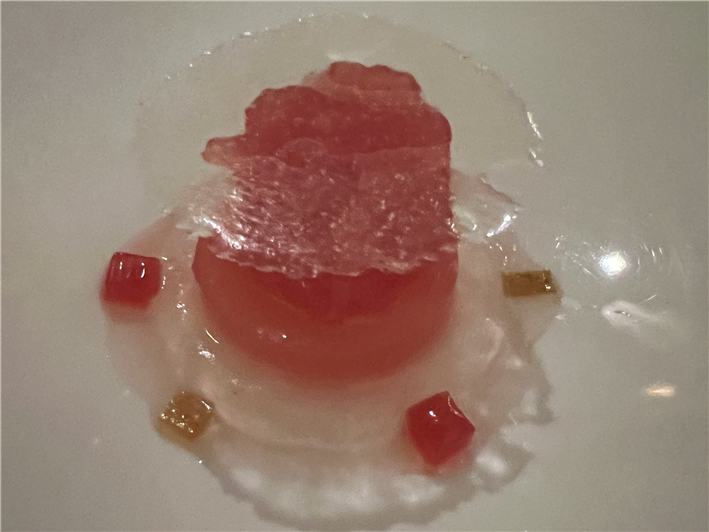
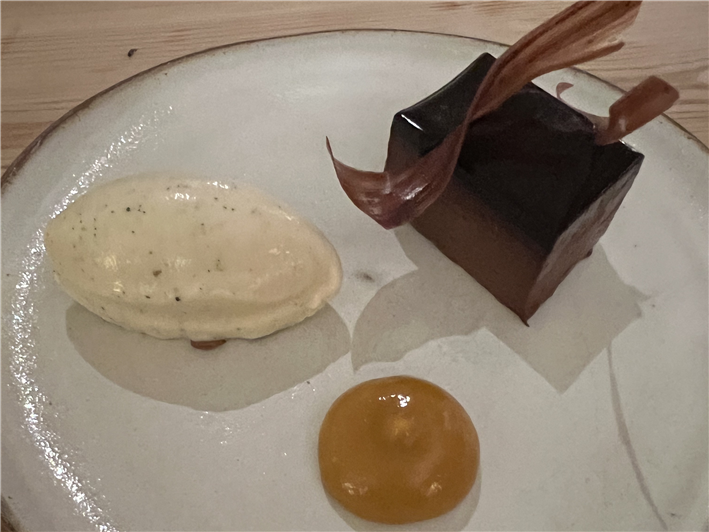
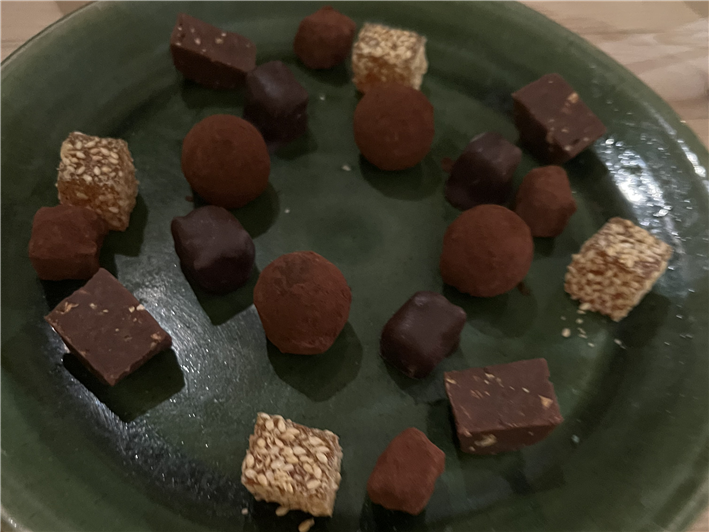
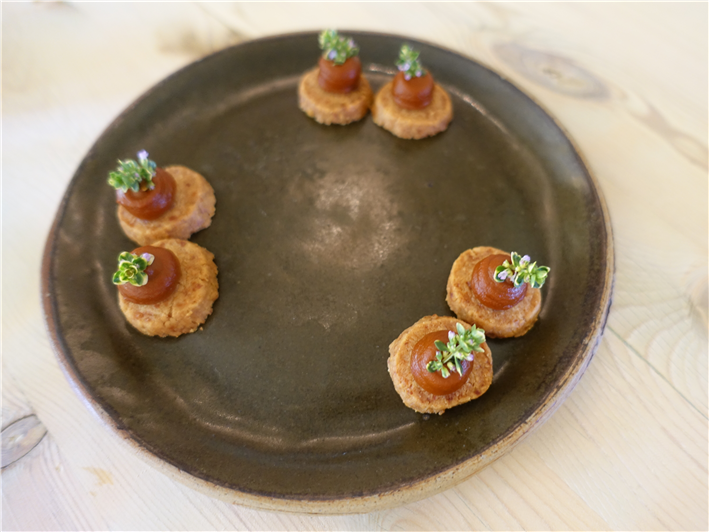

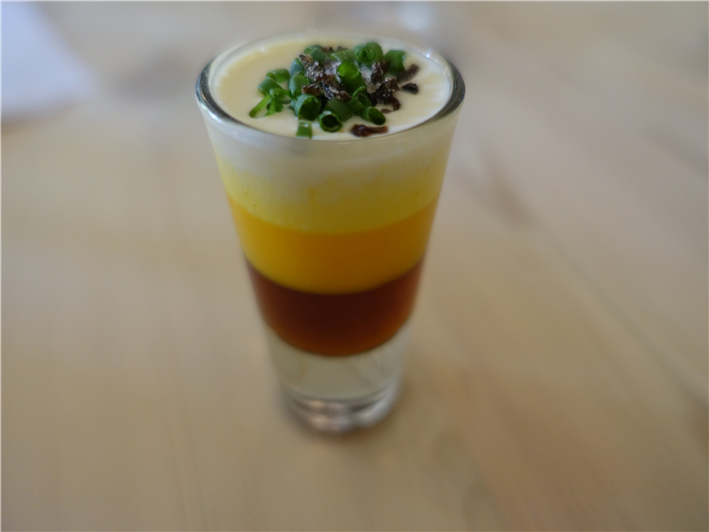
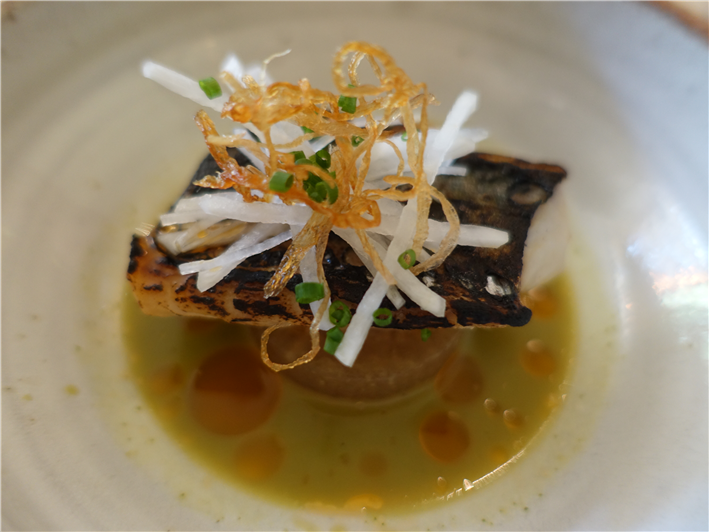
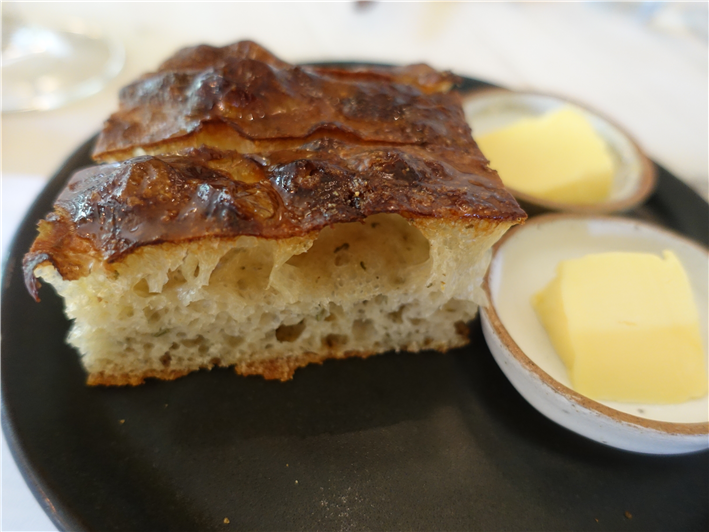
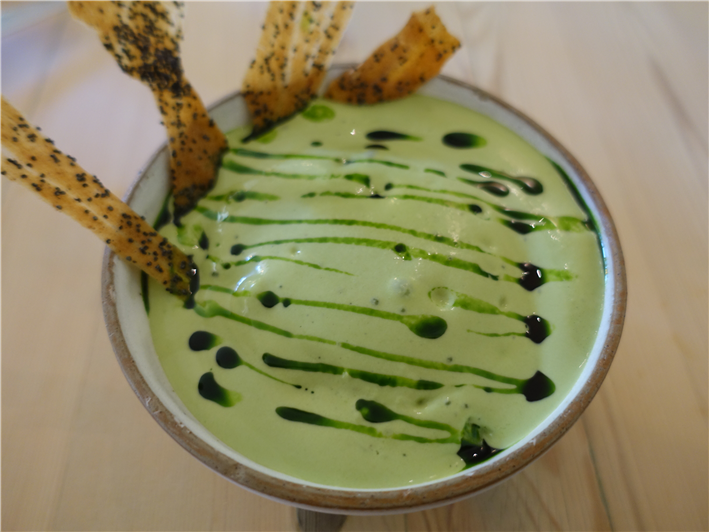
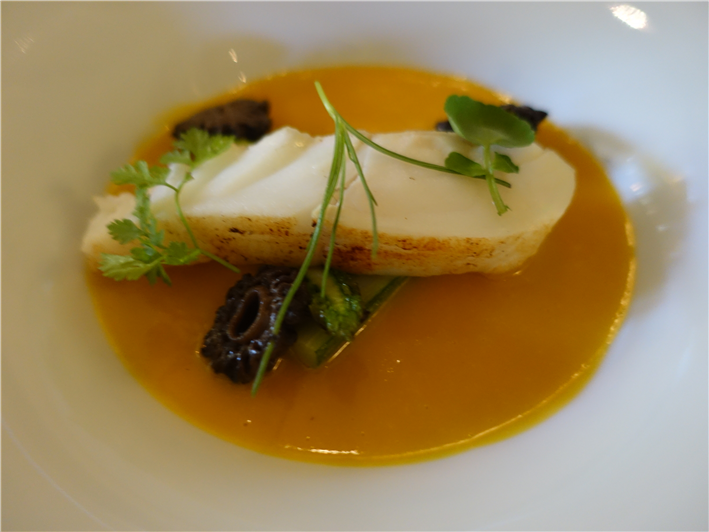
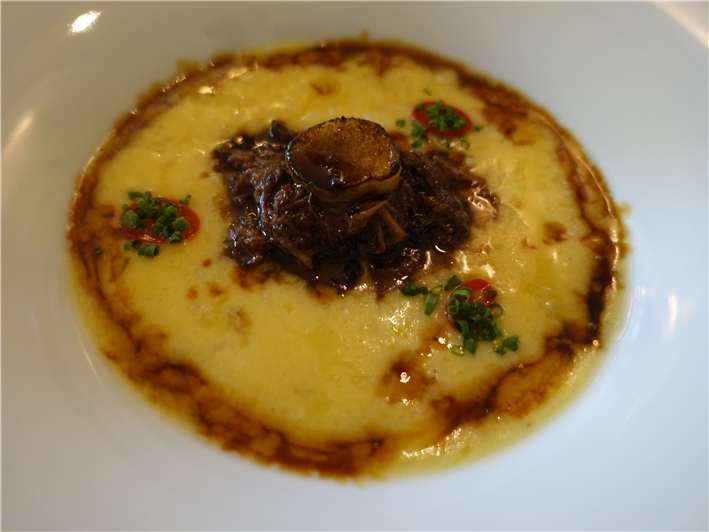
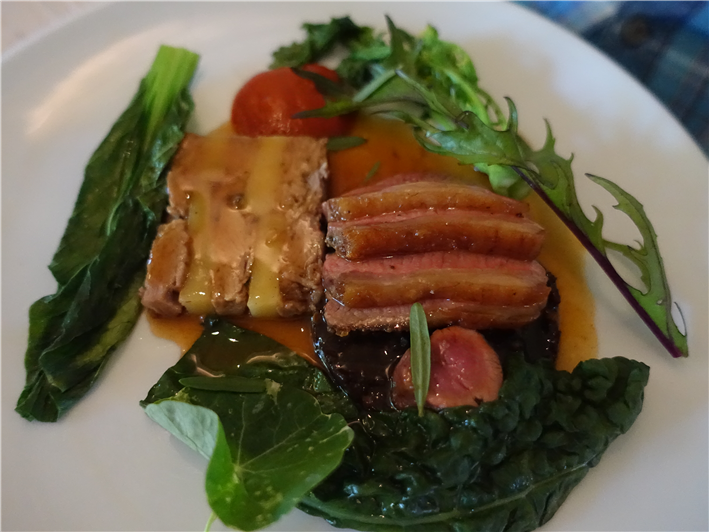


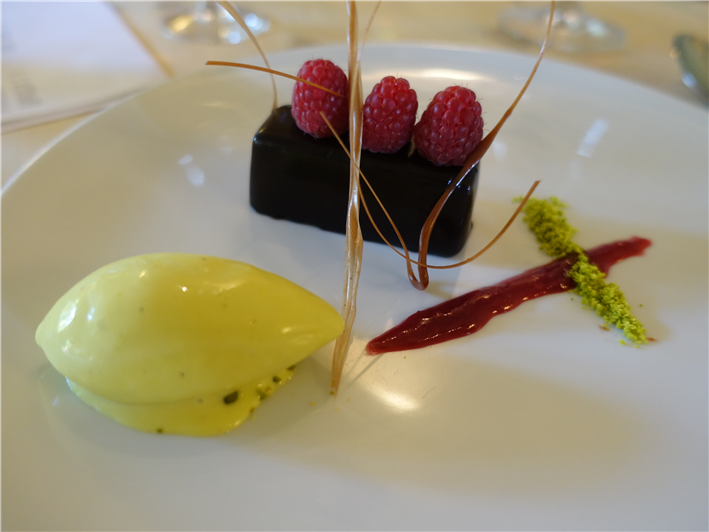
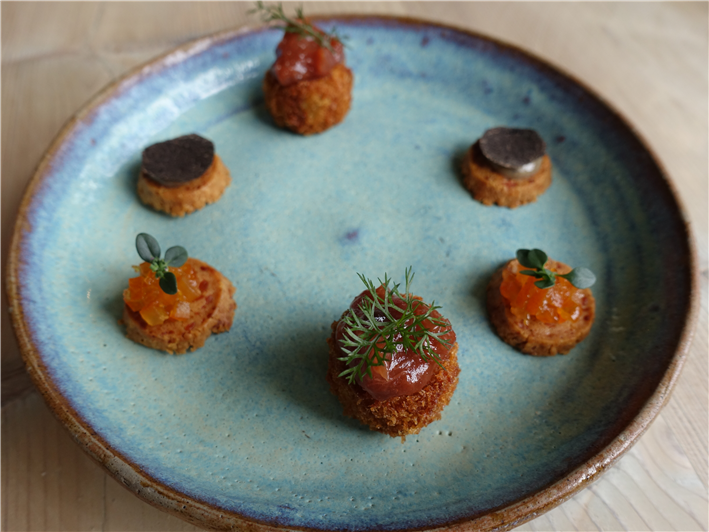
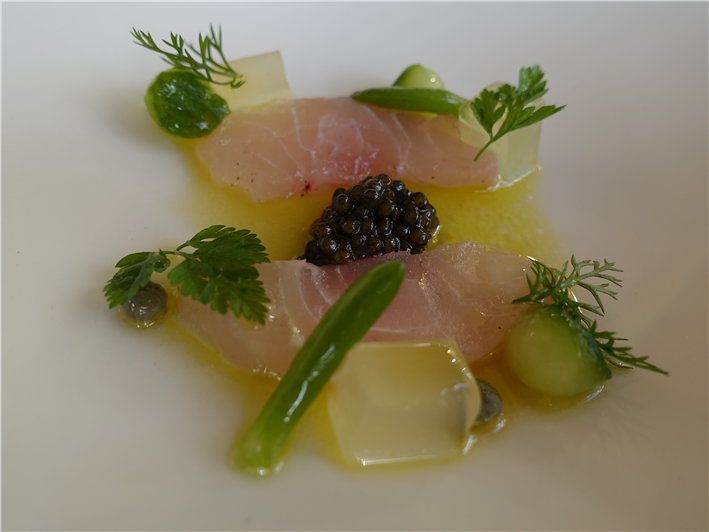

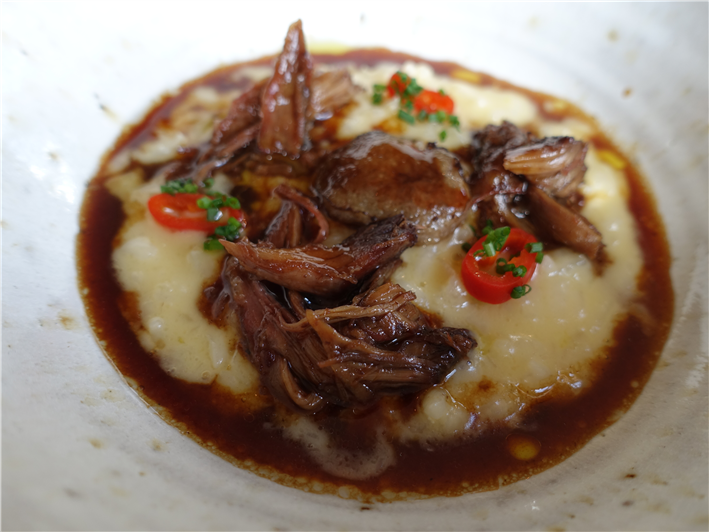

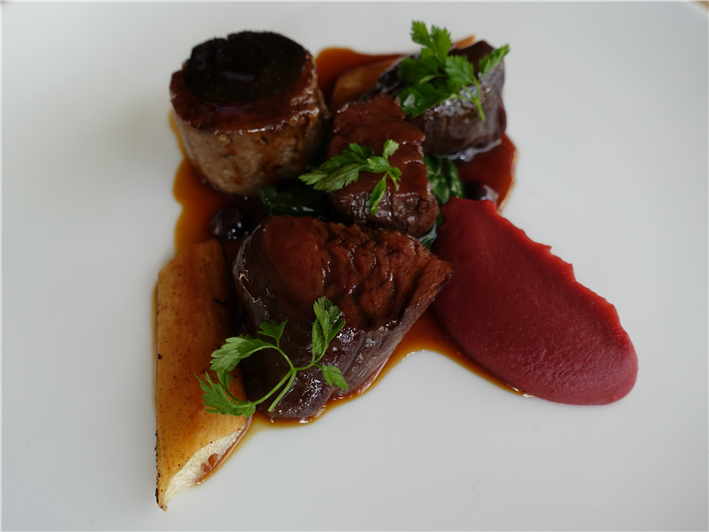

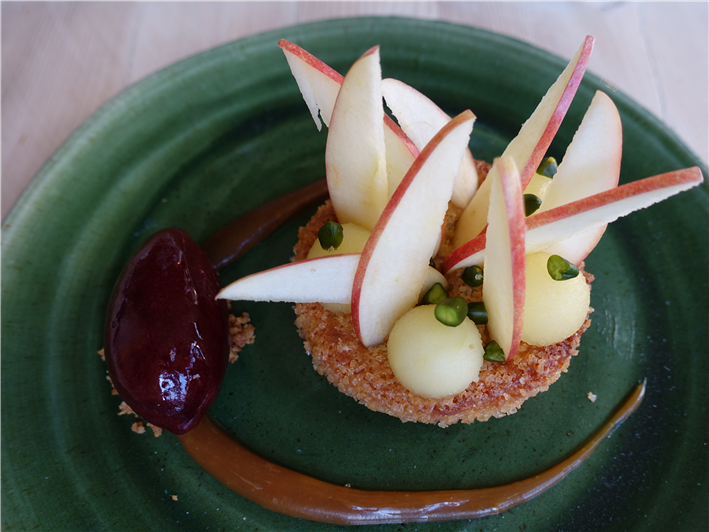
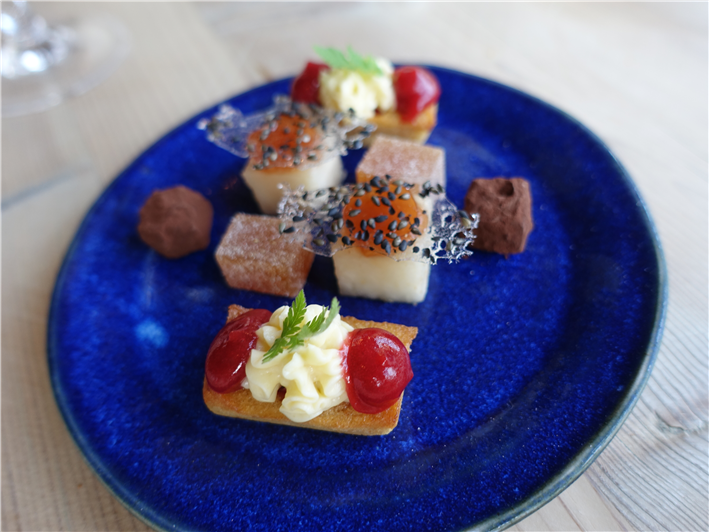
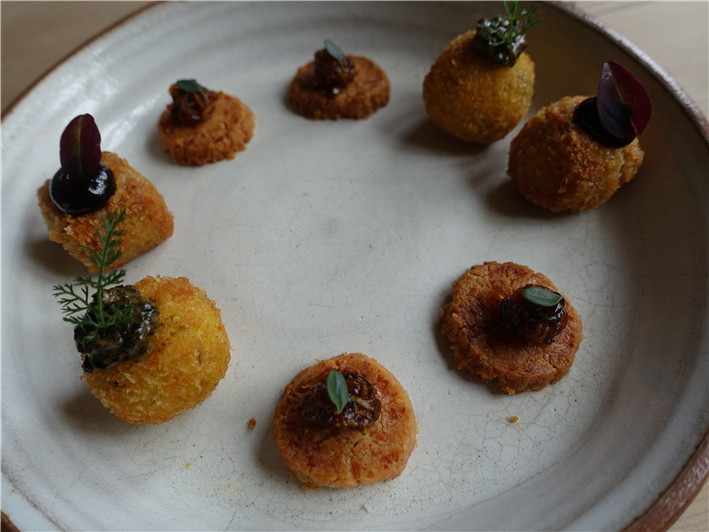
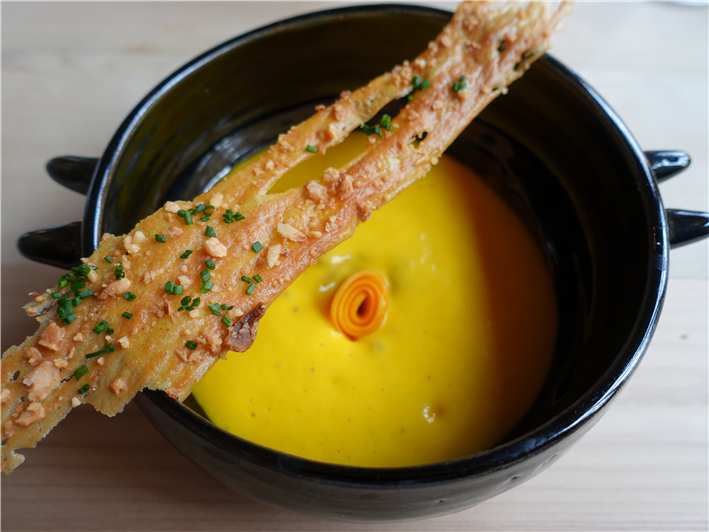
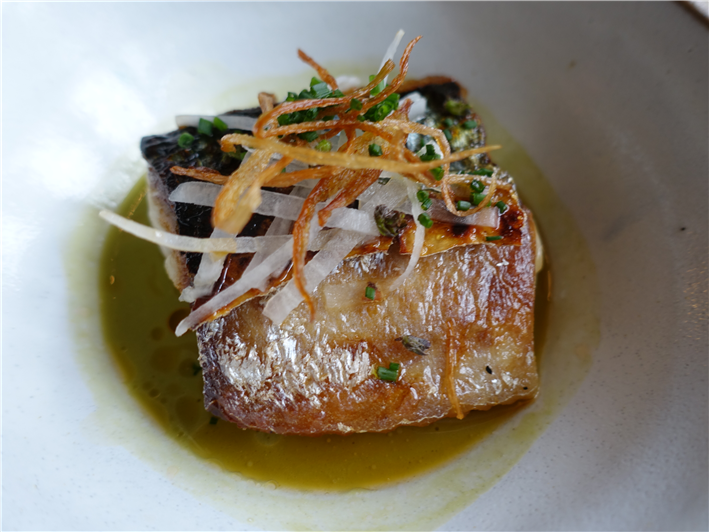
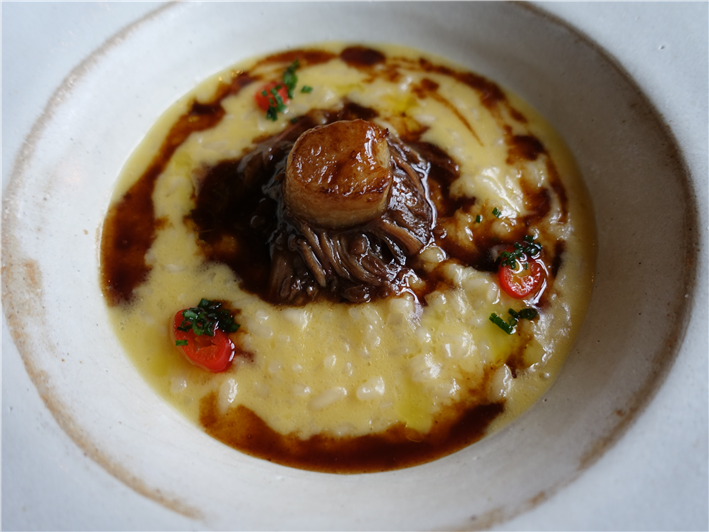
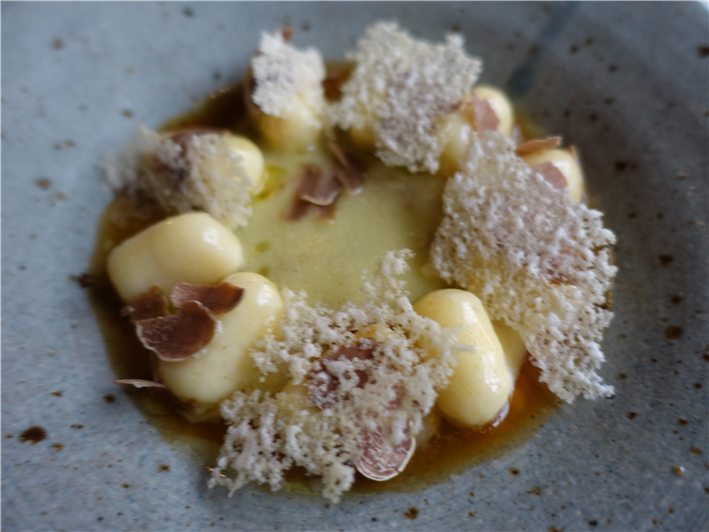



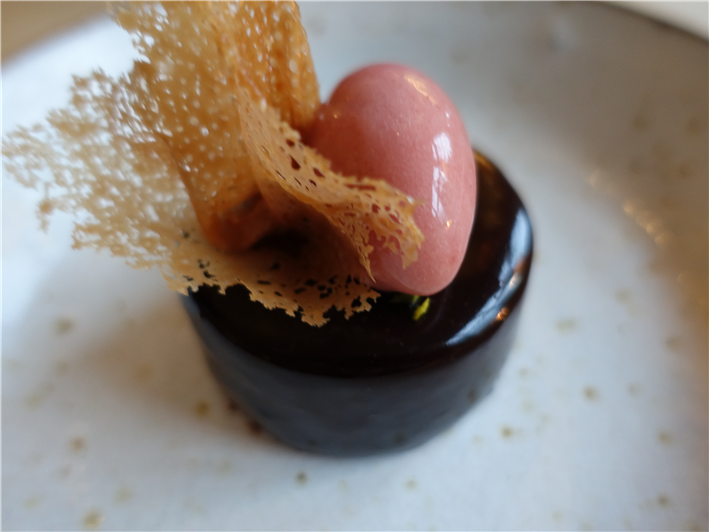
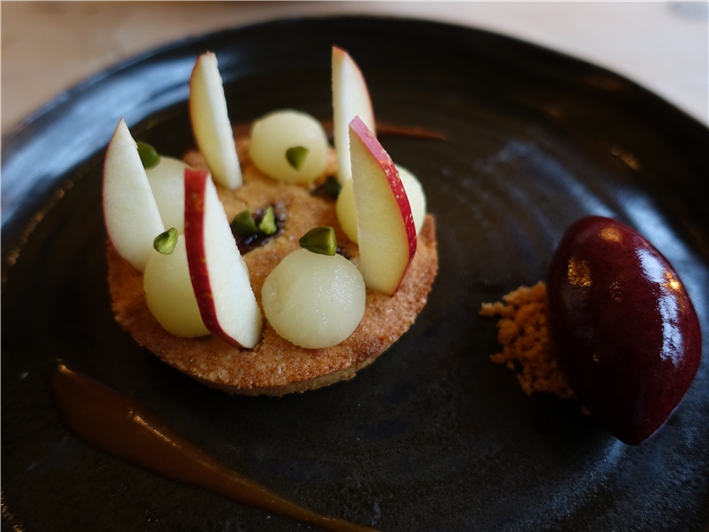

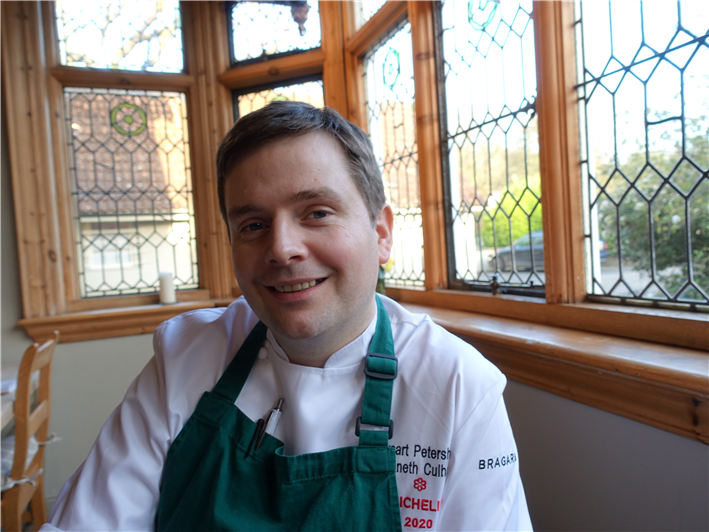

Chris
Pity it's so difficult to get to by public transport. I'd love to go. If only I lived near Waterloo!
tim wharton
Couldn't agree more with the sentiments in your final two sentences, Andy. I find there to be some odd ingredient choices in the 3-star restaurant to which you refer. To me these almost amount to, dare I say, cutting corners. Thankfully there's nothing remotely corner-cutting about the sourcing or the cooking at The Dysart, which is in my Top 5 London restaurants. Merry Christmas to all!